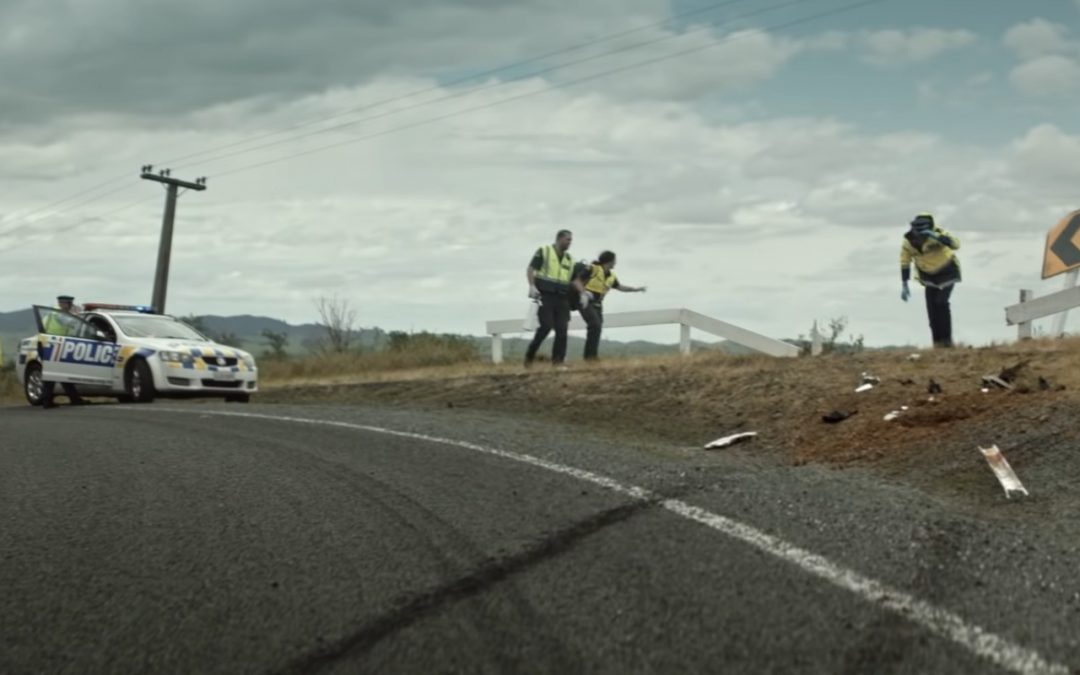The term ‘road safety’ is fairly self-explanatory. However, you cannot let fall between the cracks its importance in the daily life of an individual. Dave Tilton, Managing Director of Parallaxx – a temporary traffic management design provider here in New Zealand, defined it as a way of “preventing harm to all those that use the road corridor. Accidents are inevitable, so are mistakes. But injuries and harm don’t have to be – and safety is about doing all that can be done to protect those who use the road network.”
But still, being a compliant driver, is sometimes not enough to get to your destination unharmed? The founder of Solutions in Transport, Dan Sullivan in one of his articles explains “Safe Systems tells us that a compliant driver, in a compliant vehicle, and travelling at the appropriate speed can still make a mistake.”
Here are the top three reasons why it is not always your fault:
1. Unidentifiable Road Signs and Barriers
Meanwhile in Britain, almost half of the driver’s population admitted that they were being distracted by road signs while driving.
Since the first recorded fatal car crash in Christchurch, New Zealand in 1908 more than a century ago, traffic organisations were bound to continuously rectify the flow of traffic in local and national roads. Temporary traffic management providers should insist upon good quality temporary road equipment because unrecognisable road signs, variable message sign or VMS boards and barriers are one of the most disregarded causes of car accidents inside and outside the country.
The people behind the implementation of traffic management plans should never let those measures that are intended to protect and guide you be the cause of your harm.
2. Poor Traffic Management Design
Enter the crucial role of a temporary traffic management plan design (TMP) design, as this is the foundation of the entire activity.
Auckland Transport defined a traffic management plan (TMP) as “a site-specific plan that covers the design, implementation, maintenance and removal of temporary traffic management (TTM) measures while work or activity is carried out in the road corridor (road, footpath or berm).”; moreover, “The plan details how road users – including cyclists and pedestrians – will be directed around a work site, accident, or other temporary road disruption, to minimise inconvenience while providing safe conditions for both the road user and those carrying out the activity.”
A high-quality design should be precise, professional and always in compliance with the Code of Practice for Temporary Traffic Management (CoPTTM) in order for it to be executed safely and without delay.
Poor design, leading to continued non-compliance may lead to denied network access from the authorities over a period of time. As failure to adhere to the set guidelines may result in a dangerous working site.
3. Inexperienced TTM Providers
Unversed traffic management consultants and providers may put projects at risk and in order to execute a plan whether it is a local road or a state highway, you need to take into account hiring traffic management experts. This expert should know the bits and bobs about traffic management from penned to actual execution, to get the right solution for the right scenario.
In all parts of the world, road traffic collisions occur every day and thousands to millions of lives are being taken prematurely. Despite the growing burden it contributes, a lot of people still don’t acknowledge the importance of road safety. It’s all too common to see individuals placing more value on getting to their destination faster, rather than safer.
We should all then be responsible for road users and operators. The World Report on Road Traffic Injury Prevention the World Health Organization released recently, shared similar advice: “In order to combat the problem, though, there needs to be close coordination and collaboration, using a holistic and integrated approach, across many sectors and many disciplines”.
As the Managing Director of Parallaxx points out, “We can prevent harm, very often, by making small changes that make big differences”. Road accidents are inevitable, but harm is preventable.
